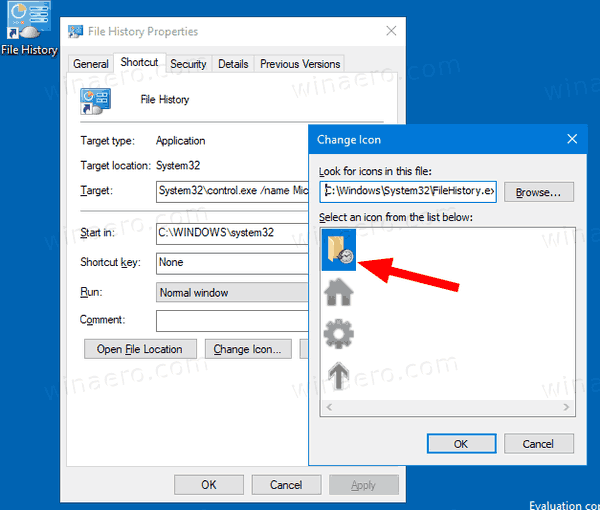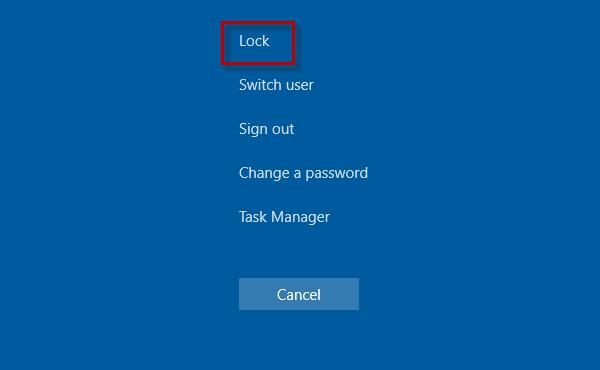

- #Windows 10 close all windows shortcut deactivate how to
- #Windows 10 close all windows shortcut deactivate Pc
- #Windows 10 close all windows shortcut deactivate windows 8
- #Windows 10 close all windows shortcut deactivate windows 7
How to Disable Annoying Caps Lock Key in Windows? If you remember we have used the same feature to disable Caps Lock key in following tutorial: We’ll use the built-in “Keyboard Scancode Mapping” feature of Windows to disable WIN key.

If you want to completely turn off the WIN key in your system so that no one can use WIN key and all its related hotkeys, then this method will help you. PS: To re-enable WIN+ hotkeys in future, delete the DWORD NoWinKeys created in step 3. After reboot the WIN+ hotkeys will be turned off in your system. Close Registry Editor and restart your system. In right-side pane, create a new DWORD NoWinKeys and set its value to 1Ĥ. HKEY_CURRENT_USER\Software\Microsoft\Windows\CurrentVersion\Policies\Explorerģ. Type gpedit.msc in RUN or Start search box and press Enter. METHOD 1: Using Group Policy Editor (gpedit.msc)ġ.

With the help of following steps, you’ll be able to turn off all WIN+ hotkeys available in your Windows. Completely disabling WIN key will also disable all its hotkeys. If you want to completely disable WIN key so that it no longer works in your system, then you should follow part 2 of this tutorial. If you don’t want to disable WIN key but want to disable its hotkeys such as WIN+R, WIN+E, etc, then you’ll need to follow the steps given in part 1 of the tutorial. We have divided this tutorial in 2 parts: If you also want to turn off WIN+ hotkeys in your Windows, this tutorial will definitely help you. For example you often accidentally press WIN and another key in your keyboard so you may want to disable the WIN+ hotkey feature to prevent it from happening again. There might be many other reasons behind disabling built-in WIN+ hotkeys in Windows.
#Windows 10 close all windows shortcut deactivate windows 7
Now you don’t want this new behavior and want to unbind or disable the built-in Windows 7 hotkey so that you can use your previous hotkey functionality.
#Windows 10 close all windows shortcut deactivate Pc
For example, suppose you were using WIN+Arrow keys to change volume level in your Windows XP or Vista PC and when you upgraded your PC to Windows 7, the WIN+Arrow hotkey was automatically assigned to change windows alignment such as restore windows, maximize windows, cascade windows, etc as a part of Aero Snap feature.
#Windows 10 close all windows shortcut deactivate windows 8


 0 kommentar(er)
0 kommentar(er)
